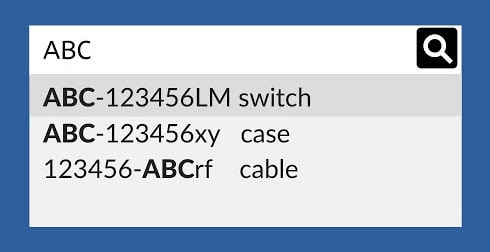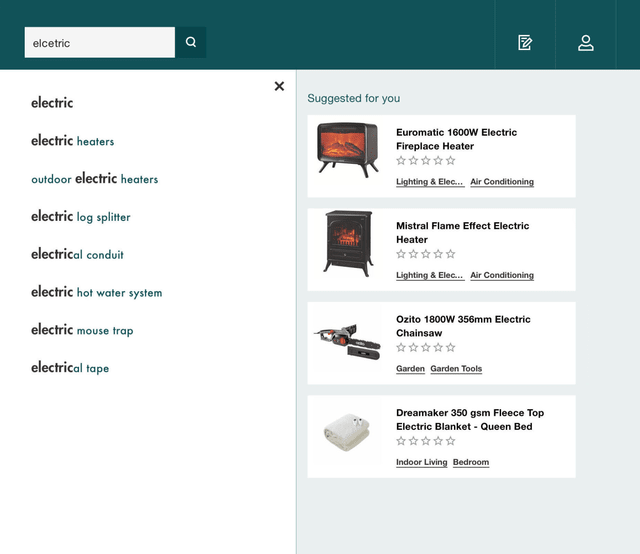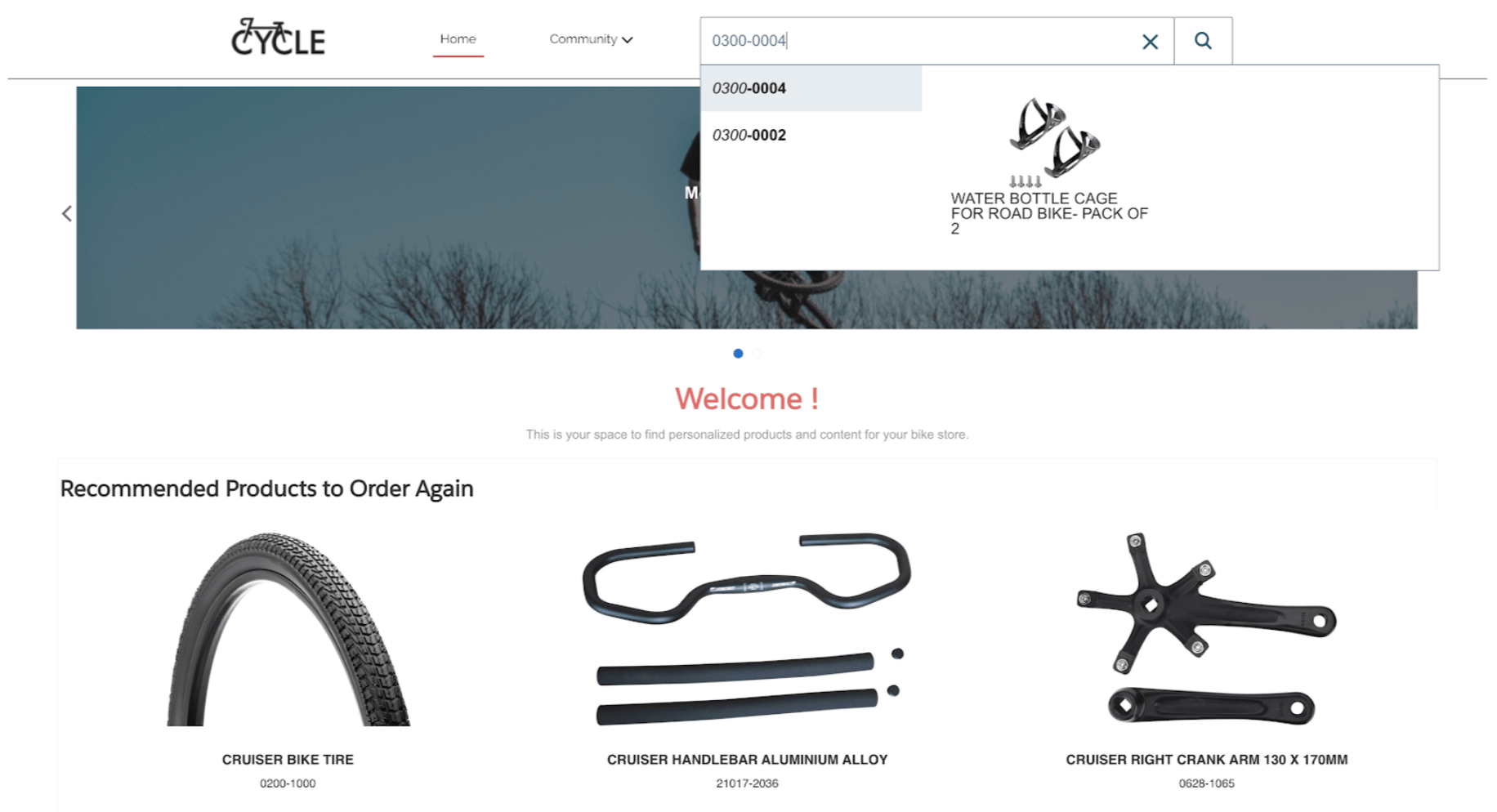I asked my sister, who is a B2B buyer for a high-tech company, to tell me one thing she hates the most about shopping B2B catalogs online. She told me – and I didn’t believe it until I watched her! She keyed in an 11-character product number into the search bar – and came back with 220 product results.
What is this company thinking? How can they expect potential buyers to navigate such a horrid user experience?
Admittedly, I’m pretty biased when it comes to good search experiences. I have been entrenched in the search world for most of my career — first in publishing, and then for the last 15 years, working for search companies. I was pretty amazed that these B2B sites my sister shopped were offering product search that was circa 1996.
Boolean Search: Say Wut?
Now, if my sister knew Boolean search operators, which was de rigueur for librarians and researchers in the 1990s, she could have narrowed the search results on her own. Boolean is a type of search that allows users to use syntax such as quotations and operators (or modifiers) such as AND, NOT and OR to further produce more relevant results.
In my sister’s case, merely putting the quotations around the query, let’s say it was ABC-123456LM – would have narrowed the search considerably. In her case, the results went from 220 to 3 – and those three items included one new and two refurbished units of the same product.
Here’s the thing, it’s an insane strategy to assume your B2B customers should know Boolean too achieve a relevant search. Large consumer sites like Amazon, Walmart, Dell, and Wayfair have made that knowledge extinct.
Endless Dance of Recall/Precision Tuning
Still, even given the antiquated search technology, the search engine could have been configured much better. One of the reasons for the poor results is that the company was using a search engine technique called wildcard searching.
This is typically done to broaden the search so that enough results (or any!) are returned. The number of results that come back is called recall—and refers to the quantity of the results. This contrasts with precision, which refers to the quality or narrowness of the search.
Noted search expert Daniel Tunkelang, PhD., who has LinkedIn, Endeca, MIT, and Carnegie Mellon in his bio, likens the dance of recall and precision to be one for the search for truth.
“A recall of 1 means the results include the whole truth, while a precision of 1 means the results include nothing but the truth.” In actuality, he writes, “neither of these is equal to 1. Tuning a B2B ecommerce search engine is a trade-off: increasing precision decreases recall, and vice versa.”
In the case of the above manufacturer: they returned everything from their B2B product catalog searchthat had ABC and 123456LNM. Not a lot of truth there!
Now, in general, wildcarding is not a bad thing. But it does need to be managed. I showed my colleague and search guru Vincent Bernard the culprit B2B ecommerce catalog. He immediately pointed out that wildcarding in complex manufacturing is going to frustrate a potential shopper.
Oftentimes the buyer is not 100% certain what the correct sales keeping unit (SKU) is. If all you have is a SKU, and no other knowledge, a list of 220 is going to confuse and frustrate you. “Plus,” he adds, “wildcards are inefficient and slow.”
He prefers a technique called SKU decomposition, which is a variant of partial matching. What you do is take the SKU and break it into character strings. This could be:

So now when a B2B customer types in some of the characters into a B2B ecommerce search, there is a match. You decide how narrow you want the recall to be. One or two characters would likely create a lot of noise, whereas a threshold of 3 or 4 might offer greater precision.
Decomposition for Type-Ahead, AutoSuggest
Decomposition is a great way to offer type-ahead suggestions for your customers.

Here you can see the characters ABC could appear anywhere in the string – and accompanying categories offer guided navigation for your user.
Note: If you don’t use autosuggest in the drop down bar, consider using faceted search to help your shoppers navigate.
Another idea is to add product images, as in the window below.

Precision: Query Uniformization for Query Rewrites
Another big challenge with ecommerce product catalog search for complex manufacturing is that product dimensions and weights can be written (and mistyped) in numerous ways. The product description might use the format 10m x 10m, but the buyer might write any of the following queries: 10 x 10, 10×10, 10mx10m. If you don’t do this already, check your query logs to see what your users are typing in.
Again, you would want to create a list of these variations to put into a thesaurus. The query pipeline can transform the user input to the correct format for better precision and recall.
Give Shoppers Off Ramps – to Products They Want
When a buyer knows what she wants and can’t find it, it leads to frustration. Catalog search with only keyword matching is not going to help the shopper who has misspelled the word, doesn’t use the correct vernacular, or doesn’t know the product number. A search box can be configured to help the shopper find what she is looking for by offering relevant alternatives – even as she is typing.

Lack of Personalization
It may seem counterintuitive, but one of the most frustrating things to a B2B buyer is the lack of personalization. First, unlike a retail site, a B2B buyer must authenticate. You already know who your buyers are! Even if the company didn’t do any of the other precision-recall tuning, since she logged in, why didn’t it boost the product that she had bought before as in the image below?

And while much has been made of the need for a personalized experience in the B2C world, Richard Isaac, CEO of RealDecoy, an ecommerce integrator, believes that personalization may be more important for B2B.
“Unlike in B2C ecommerce, B2B shoppers don’t want to browse,” reminds Isaac. “They want to buy. And they want that experience to be as frictionless as possible with smooth product information management.” B2B ecommerce search has to help them.
“If you have a product catalog of millions of SKUs, what are your return buyers seeing? Can they easily pick up where they left off? Are the navigation filters ‘savable’?”
Hoards to Hand-Code Precision
If you have a million SKUs in your catalog, or even tens of thousands, doing the above tuning by hand means needing a legion of people to pore through log files, building thesauri and dictionaries, mapping tail queries to heads, and creating lines and lines of code.
Further, often when a user queries your site, that query gets sent out to multiple indexes. Each silo might have its own rules on what is most relevant – instead of working in concert to provide what the user wants.
Still Requiring a Call for Pricing and Availability
Perhaps one of the biggest challenges that B2B ecommerce companies have as they attempt to become fully digital – is being able to offer custom pricing and custom catalogs. If your search doesn’t allow you to index price or products according to the entitlements of your customer, you are forcing the shopper to call a customer representative to get the information she needs. This introduces a friction that can slow down and even imperil the purchase process.
Solution: Unified Index and Machine Learning
What I’ve outlined above is how you can try and fix what your product catalog search – with the search engine you have. But as noted, if your unified index is literally one master index of all your assets, all your knowledge and all your products. This allows for homogenous ranking of B2B ecommerce search results, regardless of their sources. But, while important, that’s only half the equation. The other half is marrying that unified index with machine learning.
In B2B commerce, while user behavior data is important, product intelligence is key. Let the machine figure out how products—and the content defining those products—are grouped together to improve your shopping experience. This allows you to know that a washer goes with a given fastener, or a bicycle seat with certain bikes.
And, when individual customers who have bought before are searching on ABC-123456LM, they are indicating they want to reorder. Implementing intelligent search will greatly improve user experience and increase your odds of getting return B2B purchases.
Customer Lifetime Value
As you know, business buyer lifetime value is the big moneymaker for a B2B merchant. In some industries, customers have a finite set of items—and will they keep ordering from your B2B ecommerce site again and again. If you make the B2B sale a pleasant experience, you’ll earn their repeat purchase. With Amazon Business setting the bar for great customer experiences, and acquiring B2B customers at a torrid pace, you have a lot to lose if you can’t find the truth in your precision and recall. Make completing a B2B transaction for your B2B buyer easier.
Dig Deeper
Empower your B2B brand with these related reads:


